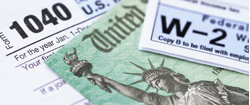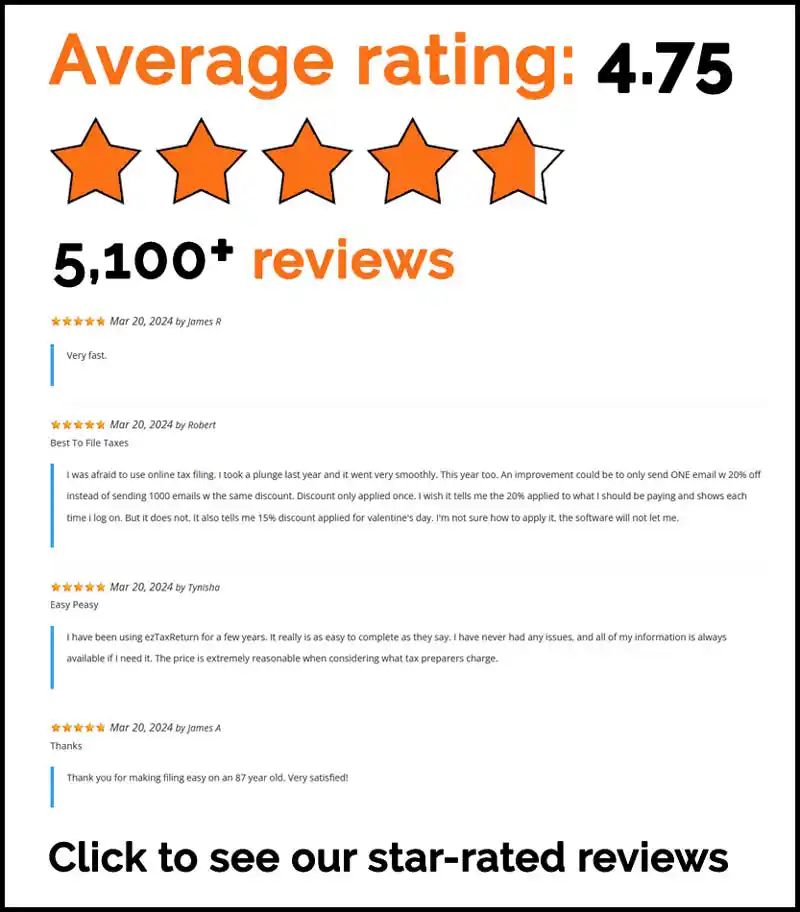Are you tired of wondering where all of your money went? If so, it’s time to make a budget and take control of your finances. Once you see exactly where your money is going, it will be easier to pay off debts, cut unnecessary expenses and build your savings. Creating a budget can help you save money by strategically organizing your expenses and distinguishing between needs and wants.
Budgeting apps can simplify the budgeting process, making it more manageable and allowing you to easily track your expenses and make adjustments as needed. Here are 7 simple steps for creating a budget that fits your lifestyle and financial goals.
Step #1: Gather All of Your Financial Documents
Gathering all of your financial documents is the first step in creating a budget. This includes:
- Pay stubs
- Bank statements
- Credit card statements
- Loan documents (e.g. mortgage, car loan, student loan)
- Utility bills (e.g. electricity, water, gas)
- Insurance premiums (e.g. health, auto, home)
- Investment accounts (e.g. 401(k), IRA)
- Any other relevant financial documents
Having all of these documents in one place will help you get a clear picture of your financial situation and make it easier to create a budget. Reviewing past bank statements is particularly important as they provide detailed categorization of transactions. This can aid in accurately estimating monthly expenses and understanding spending habits, which is crucial for effective financial planning.
Step #2: Determine Your Monthly Income
Determining your monthly income is the next step in creating a budget. This includes:
- Your take-home pay (after taxes)
- Any side income (e.g. freelance work, part-time job)
- Any investments or dividends
- Any other regular income
- Business expenses: It’s important to account for business expenses when calculating net income, especially if you have multiple income sources like side gigs.
Make sure to include all sources of income, not just your primary job. This will give you an accurate picture of how much money you have coming in each month.
Step #3: Track Your Monthly Expenses
Tracking your monthly expenses is the next step in creating a budget. This includes:
- Fixed expenses (e.g. rent, utilities, car payment)
- Variable expenses (e.g. groceries, entertainment, gas)
- Debt repayment (e.g. credit card debt, student loans)
- Savings (e.g. emergency fund, retirement savings)
- Other expenses (e.g. childcare, discretionary items)
Make sure to include all of your expenses, including small purchases like coffee or snacks. This will give you a clear picture of where your money is going and help you make informed decisions about your spending.
You can use a budgeting spreadsheet or app to track your expenses, or simply keep a notebook or spreadsheet to record your spending. Make sure to include every single expense, no matter how small.
Step #4: Categorize Expenses as Fixed or Variable
The next step is to divide your expenses into fixed and variable expenses. Fixed expenses are usually predictable and stay the same month to month. Here are some examples of fixed expenses:
- Rent or mortgage
- Utilities (e.g. electricity, water, gas)
- Car payment
- Insurance premiums (e.g. health, auto, home)
- Minimum debt payments (e.g. credit card debt, student loans)
With variable expenses, the amount varies monthly or the expense may only occur a few times a year. Variable expenses include:
By dividing your expenses into fixed and variable expenses, you can better understand where your money is going and make informed decisions about your spending. Additionally, using a zero-based budget method ensures that every dollar earned has a designated purpose, allowing for comprehensive management of funds without ending the month financially depleted.
Step #5: Set Realistic Goals
Setting realistic goals is a big part of creating a budget that works for you. Your goals should be specific, measurable, achievable, relevant, and time-bound (SMART). Consider what you want to achieve with your budget, such as saving for a down payment on a house, paying off credit card debt, or building an emergency fund. Emphasizing the importance of saving money as a key habit can help you achieve these financial goals. By consistently tracking your spending and refining your budgeting skills, you will not only plug spending leaks but also feel empowered to reach your financial objectives.
When setting your goals, consider the following:
- What are your short-term goals (less than 1 year)?
- What are your long-term goals (1-5 years)?
- What are your financial priorities?
- How much money do you need to save each month to achieve your goals?
Write down your goals and prioritize them. This will help you stay focused and motivated to stick to your budget.
Step #6: Automate Your Savings
Automating your savings is a great way to make saving easier and less prone to being neglected. Set up automatic transfers from your checking account to your savings or investment accounts. This way, you’ll ensure that you save a fixed amount regularly, without having to think about it.
Consider the following options:
- Set up automatic transfers from your paycheck to your savings or investment accounts.
- Use a budgeting app that allows you to set up automatic savings goals.
- Take advantage of employer-matched retirement accounts, such as a 401(k) or IRA.
By automating your savings, you’ll make saving a habit and ensure that you’re working towards your financial goals.
Step #7: Review and Adjust Your Budget
Reviewing and adjusting your budget regularly is essential to ensure that you’re on track to meet your financial goals. Your budget should be a dynamic document that changes as your financial situation changes.
Consider the following:
- Review your budget every 3-6 months to ensure you’re on track to meet your goals.
- Adjust your budget as needed to reflect changes in your income, expenses, or financial goals.
- Use budgeting apps or spreadsheets to track your expenses and stay organized.
- Consider seeking the help of a financial advisor or planner to review and adjust your budget.
By regularly reviewing and adjusting your budget, you’ll ensure that you’re making progress towards your financial goals and staying on track to achieve financial stability.
Now that you have a budget plan, maximize your refund by filing your taxes with ezTaxReturn. Get the biggest possible refund guaranteed and set yourself up for financial success this year.
The articles and content published on this blog are provided for informational purposes only. The information presented is not intended to be, and should not be taken as, legal, financial, or professional advice. Readers are advised to seek appropriate professional guidance and conduct their own due diligence before making any decisions based on the information provided.




